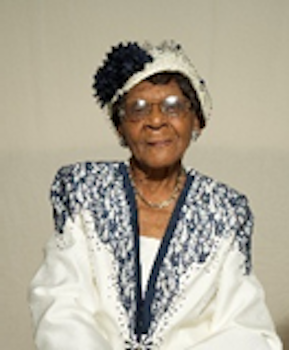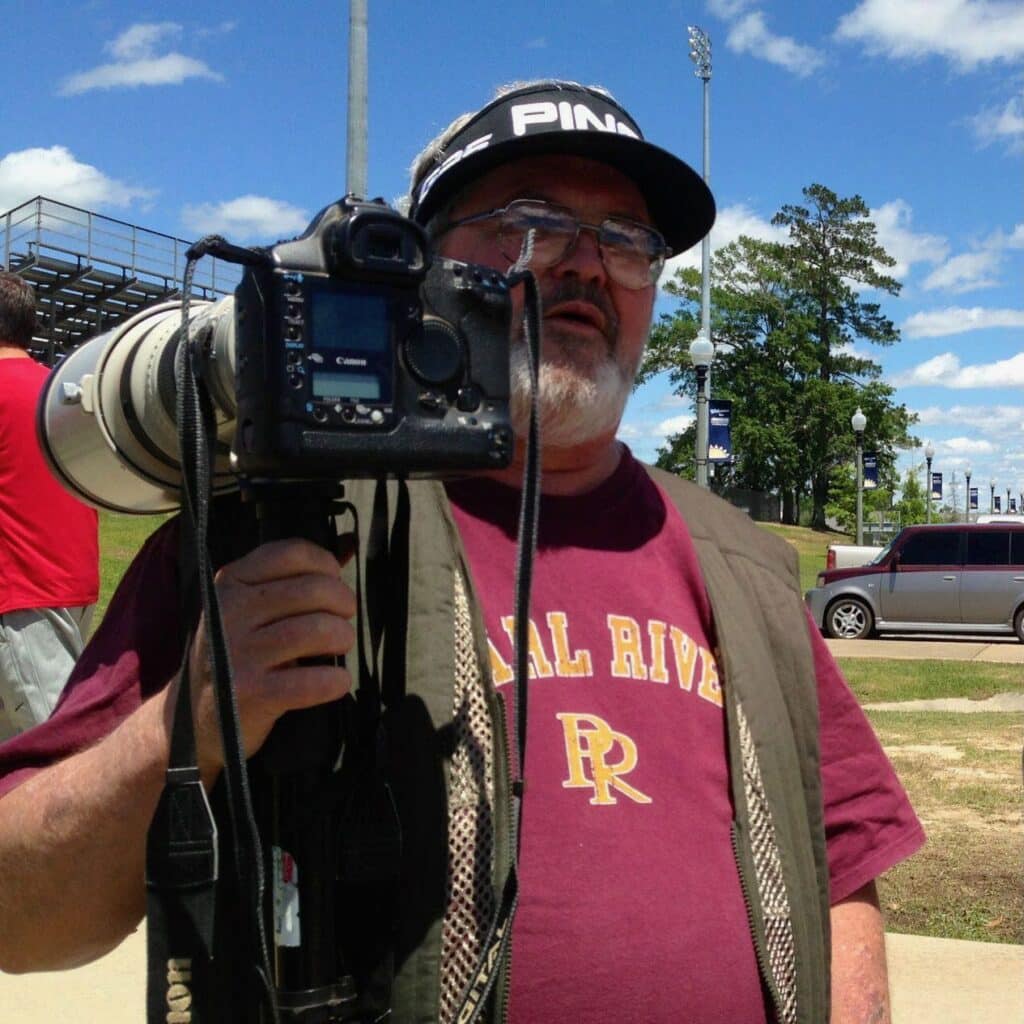State health officials reflect on a year of the COVID-19 pandemic
Published 5:30 pm Tuesday, March 9, 2021
After a year of the COVID-19 pandemic, Mississippi health officials say that more than 6,000 deaths have been attributed to the virus in this state.
Mississippi reported its first COVID-19 case on March 11, 2020, the same day the World Health Organization declared COVID-19 a pandemic.
State health officials reflected on the pandemic’s toll in Mississippi during a press briefing Monday.
Trending
The department’s original mortality prediction, which used modeling based on transmission, was 150,000 to 200,000 Americans, said State Health Officer Dr. Thomas Dobbs during the briefing. Over 500,000 Americans have died from COVID, according to the CDC COVID data tracker. The modeling didn’t account for the over politicization of nonpharmaceutical interventions like face masks, said Dobbs.
Looking Back
COVID-19 was already on the health department’s radar in early January 2020, said State Epidemiologist Dr. Paul Byers.
By Jan. 21, the first case had been identified in the U.S., and by February it became apparent that community spread in the U.S. had been occurring more widely than realized, Byers said.
Community testing began in Mississippi on March 3, 2020 throughout the state, including at county health departments, said Senior Deputy and Director of Health Protection Jim Craig.
On March 16, the Mississippi National Guard was activated, said Craig. By March 19, the first Mississippi COVID death was reported, said Byers.
Trending
In April, the CDC recommended universal mask use to prevent transmission.
The second wave of cases began after July 4th and lasted until September, said Byers. A third wave began in November and that surge lasted until January and early February 2021.
Mississippi saw peak hospitalizations, at over 1,400 in a day, peak cases and peak deaths all during this third wave, said Byers. More than 3,500 cases were reported on Jan. 8. On Jan. 15, 57 deaths occurred on one day.
Over the last several weeks, Mississippi is seeing downward trends in new COVID-19 cases, emergency visits for COVID like illness, hospitalization, ICU use for COVID related illness and a decrease in long term care facility outbreaks.
Dobbs attributed that decrease to a decrease in people traveling post holidays, along with improvements in social distancing and masking. He added that vaccines are probably making a difference in the state’s COVID cases at this point. He warned that spring break could cause cases to increase again if people are not careful.
Vaccinations and Testing
The first COVID-19 vaccines in Mississippi were given on Dec. 14, said Dobbs. On Jan. 4, drive-thru vaccinations began, said Craig. There are 19 state run drive-thru sites and five county sites. A sixth county site will open March 22, in Claiborne County, Craig said.
Dobbs has heard concerns from many people who are worried the COVID-19 vaccine was developed quickly. He said that a decade of research went into the technology used to create vaccines in messenger RNA.
“In a way it was done very quickly. We were able to pull together a vaccine and have it produced in an almost miraculous fashion, but the research behind it goes back many, many years and the depth of the research, as far as the safety and efficacy, meets the same standards as other vaccines that we take every day, the flu shot, the pneumonia shot, the shingles vaccine.”
A week ago Mississippi began receiving the Johnson and Johnson vaccine in addition to the Moderna and Pfizer vaccines that came out weeks prior, said Dobbs.
Black Mississippians accounted for approximately 15 percent of vaccinations when the immunization effort began. That overall average has increased to 25 percent. The state’s population is about 57 percent white and 37 percent Black.
He thanked community partners, including Black leaders, pastors, nurses and historically Black colleges and universities for their work in that effort.
Lack of Infrastructure
Dobbs said he is not surprised that the U.S. health care infrastructure was unprepared for a pandemic.
“In the United States of America we have chronically underfunded, underinvested and undermined our public health systems. We will learn a lesson, throw a bunch of money at it and forget,” said Dobbs.
Dobbs pointed to Hurricane Katrina as an example of investing money to solve a problem after a crisis occurs instead of maintaining infrastructure to be prepared.
“There’s always money to chase the problem that’s behind us, not the one that’s ahead of us,” he said.
One of the biggest challenges in Mississippi’s public health infrastructure is a lack of funding for nurses at county health departments, said Dobbs. He estimates there are half as many nurses as five years ago and many local health departments have had to close to help with the vaccination effort. Byers said public health nurses need to be funded in a way that allows them to wear many hats instead of being pigeonholed.
“It’s not a sustainable model when you pull everybody off their regular job to address these public health crises full time,” said Byers.
In the past, staff at local health departments could respond to a local tuberculosis outbreak or other disease outbreak without bringing people from all over the state to respond, said Craig.
“When the next pandemic comes, and something else is going to happen, we’ve already got Ebola sort of smoldering in West Africa now, why do we want to do this again? We could spend a lot less money…if we would have steady investment rather than this reactive funding,” said Dobbs.





